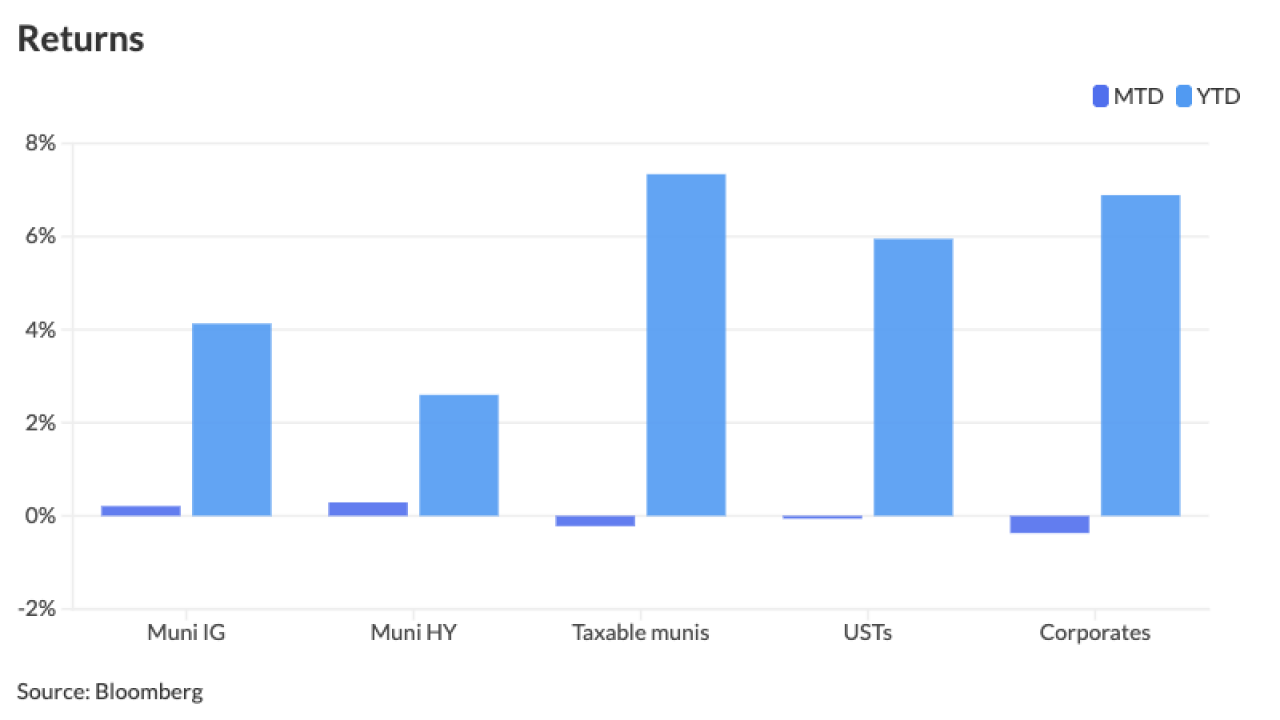While economic data shows an improving economy entering the second half of the year, continued stimulus remains essential, especially in the face of possible employment challenges as some states have backed away from reopening steps and others have reversed course on certain gatherings.
“The release of both the ISM non-manufacturing survey and Employment Trends Index provided an additional confirmation that the economic rebound continues, but not at a pace where policymakers and government officials can ease up on with their historic stimulus efforts,” according to Edward Moya, senior market analyst at
Both the manufacturing and services sectors have bounced back with states reopening, although coronavirus risks appear to be a continuing concern.
ISM Non-Manufacturing
The Institute for Supply Management's non-manufacturing sector index rose to 57.1% in June from 45.4% in May, according to data released Monday by ISM.

“This near-60 reading is consistent with other economic data that reflect a sharp initial rebound in activity from business reopenings, though activity remains below its pre-COVID-19 level,” said Roiana Reid, U.S. economist at Berenberg Capital Markets. “We expect the non-manufacturing sentiment index to remain above 50 in July as some states progress through the latter phases of their reopening, but COVID-19 incidence spikes in several states will slow the rate of improvement.”
Economists expected the index would rise to 49.5%.
“The NMI registered 11.7% higher than the May reading, as it represents growth in the non-manufacturing sector after a two-month period of contraction preceded by 122 straight months of expansion,” the release said. "This is the largest single-month percentage-point increase in the NMI since its debut in 1997.”
The business activity/production index increased to 66.0% from 41.0%. The new orders index grew to 61.6% from May’s 41.9%. The employment index climbed to 43.1% from 31.8%. The prices index rose to 62.4% from 55.6%, while inventory sentiment increased to 55.9% from 55.1%.
The supplier deliveries index came in at 57.5%, down from 67.0% in May. Inventories rose to 60.7% from 48.0%. Backlog of orders increased to 51.9% from 46.4%. New export orders gained to 58.9% from 41.5%.
“This is the highest reading since before the pandemic unfolded in March,” said Scott Anderson, chief economist and executive vice president, Bank of the West. “The rebound was led by robust jumps in the business activity, new orders and new export orders components. But because this is a survey based diffusion index, it doesn’t tell us much about the pace of expansion only that most activity indicators improved over May.”
But not all the news is good. “The only component to register a reading below the break-even level of 50.0 was the employment index, pointing to a lingering hesitancy by employers to bring back employees in the face of considerable economic uncertainty due to the virus,” Anderson said. “Sustained improvements in the ISM non-manufacturing index in the months ahead might be difficult as more states pause or reverse their reopening plans with the number of positive COVID tests spiking.”
Employment trends
The employment trends index increased in June to 49.05 from a downwardly revised 45.27 in May, according to data released by the Conference Board on Monday.
“The employment trends index increased for the second consecutive month, but the virus’ recent proliferation threatens those gains and puts the U.S. labor market’s future in an even more precarious position,” said Gad Levanon, head of the group's Labor Markets Institute. “In response to this resurgence, many governments have delayed or reversed their reopening plans, which could lead to lower hiring. Given the possibility of less recruiting and the fact that layoff rates remain high, the upward trend in the number of jobs may not continue. The unemployment rate may plateau or even increase in the coming months.”
Year-over-year, the index is down 54.8%. All eight components gained in the month.





